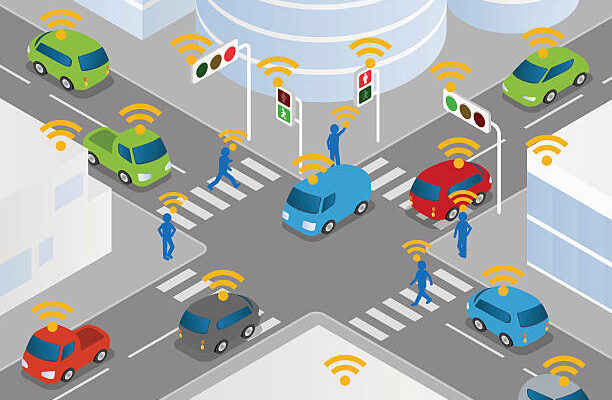In the fast-paced world of urban development, managing vehicular traffic effectively is crucial for ensuring safety, reducing congestion, and enhancing urban livability. Capital Traffic Control Solutions (CTCS) are strategic approaches implemented by cities around the globe to address the increasing challenges posed by urban traffic. This article explores various innovative solutions that are reshaping the way cities manage their roadways.
Intelligent Traffic Systems
One of the keystones of Capital Traffic Control Solutions is the deployment of Intelligent Traffic Systems (ITS). These systems leverage advanced technologies such as AI, real-time data analytics, and IoT sensors to optimize traffic flow. ITS can adjust traffic signal timings based on real-time traffic conditions, manage dynamic message signs, and reroute traffic around accidents or congestion hotspots. By doing so, ITS not only improves travel times but also reduces the likelihood of accidents and vehicle emissions.
Public Transport Enhancements
Enhancing public transportation options is another critical element of CTCS. By improving the efficiency and appeal of public transit, cities can encourage more people to opt for buses, trains, and other forms of collective transport over personal vehicles. This shift is facilitated through the creation of dedicated bus lanes, the expansion of rail networks, and the introduction of modern, efficient transit vehicles. Enhanced public transport systems not only alleviate road congestion but also contribute to environmental sustainability.
Congestion Pricing
Congestion pricing involves charging drivers a fee to enter particularly congested areas during peak hours. This approach, a part of CTCS, has been successfully implemented in cities like London, Singapore, and Stockholm. The fees collected can be reinvested into public transportation and road infrastructure improvements, creating a self-sustaining system that continuously works to decrease traffic congestion and environmental impact.
Pedestrian and Cyclist Infrastructure
Developing infrastructure to support pedestrians and cyclists can significantly contribute to traffic reduction. Capital Traffic Control Solutions often include creating pedestrian zones, building new bike lanes, and improving crosswalks to ensure safety and accessibility. These measures not only promote healthier lifestyles but also reduce the dependency on cars, thus easing urban traffic.
Urban Planning and Policy Changes
At the core of effective traffic management are comprehensive urban planning and policy adaptations. Strategic zoning, development of mixed-use spaces, and limitations on car use in congested areas are pivotal. These policies ensure that new developments contribute positively to the overall traffic system and encourage a shift towards more sustainable urban mobility patterns.
Conclusion
Capital Traffic Control Solutions represent a multifaceted approach to tackling the challenges of urban traffic. Through a combination of technology, improved public transport, regulatory strategies, and infrastructure for non-motorized transport, cities can achieve smoother traffic flow and enhanced urban environments. As urban populations continue to grow, the implementation of these solutions becomes increasingly essential for sustainable city life.













Comments